The Yoga of Slowing Down
by Heather Lindemann
Our world is steeped with movement. Walking to the car, cooking dinner, hiking a mountain path, or playing with your children — the body is meant to move. Like all aspects of our practice, however, we need balance. Some might think that the opposite of movement is total stillness, like seated meditation or even sleep. However, there’s another way to slow down, find balance, and teach the body that there is grace in doing less.
Slow and gentle yoga practices like Yin or restorative yoga can embrace the midpoint between movement and stillness. Sometimes, moving slowly and tuning in to subtle sensations can feel more challenging than movement or total rest. Yet gentle yoga practices can offer the body, mind, and soul tremendous wisdom.
Teaching the Nervous System to Regulate
On a physical level, we know that slow movement practices allow the body to settle and regulate. When we slow down, the body and mind respond by turning on the relaxation response, which is part of the parasympathetic nervous system (PNS). While meditation, sleep, or even Yoga Nidra are direct pathways to relaxation, slow movement practices can teach the body the path to get there.
When the nervous system shifts from the sympathetic nervous system (SNS) to PNS for most people it’s not an “on or off” response. The SNS is responsible for mobilizing which means that in a high intensity, movement-based world, this part of our nervous system is active more regularly than our PNS. Therefore, it takes time to shift from SNS, or high activation, to a state of relaxation, or less stress. For example, if you quickly stop in a car to avoid an accident, you will likely still feel the “activation” of your nervous system for some time even after the event occurs (higher heart rate, sweaty palms, anxiousness, etc.). Slow practices can train the nervous system to move between PNS and SNS more quickly and with a sense of ease. When we move gently and gradually from one shape or pose to another it allows the body to learn regulation in a potentially new way.
Yin and Restorative Yoga
The practices of Yin and restorative yoga train the body to shift from stress to rest, although the pathways to get there are different. Yin yoga brings the body into a variety of shapes or poses that create tension (or mild stress) in the fascia or connective tissue of the body. Because the body is meeting a gentle edge of tension it teaches the nervous system to dance in these places of tension in a container that is safe and supported. Restorative yoga, on the other hand, is a “no stretch” practice that offers a series of supine or seated poses where the body is fully supported with props to create complete ease and rest. Both these modalities of yoga are traditionally practiced with extremely slow movement between the poses creating a unique perspective to truly go inward and, in essence, train the nervous system to regulate.
Along with the physical benefits, slow movement practices offer a deep connection to the energetic and spirit body. We get to see our true selves in these practices by returning to a slower cadence in a grounded, Earth-bound state. These gentle practices can allow for tremendous healing, release, and integration. And ultimately, it can bring us back to center so we can connect with our true nature of divine light.
An Exercise is Slowing Down
Try this exercise in moving slowly. Note: please move in a way that is supportive to your body.
- Lay on your back on the floor in a comfortable way. You can bend the knees with your feet on the floor or take a shavasana shape (legs straight).
- With a sense of mindfulness, lift your arms up and over your head to a place that feels comfortable. Pause with the arms resting on the floor above your head (or out to the sides if that’s more comfortable) and take about three breaths.
- Return your arms back to your sides and pause. Let’s try this again with slower movement.
- Instead of lifting your arms up and over your head, allow the arms to drag along the floor taking a minimum of 10 breaths to arrive. Maybe the arms rest up and over the head or notice if it feels better to keep the arms stretched out from the shoulders or a gentle “V” shape above the head.
- Stay for about 10-15 breaths and notice sensations, shifts in your physical body, and changes in your breathing. How did it feel to take 10 or more breaths to get to the same place where before you arrived in a single breath? If you notice any places of stretching or “edge” breathe into that place and invite in a softening of the muscles and slow down the breath.
- Then slowly return the arms back by your sides, again taking a minimum of 10 breaths to get there.
- Pause and observe.
This simple exercise demonstrates, in a small way, the benefit of moving slowly and experiencing sensation. Ask yourself how did the first movement of lifting the arms compare to the second? Was there resistance in the physical body? Was it hard to move slowly (did you want to rush it)? On a more subtle level, how do you feel?
Like many mindfulness practices, moving slowly in a yoga practice requires a specific level of intention and presence. The practice becomes an immersive experience in the spaces between the poses and can offer profound insight on the body, mind, and spirit.
Join Heather and Cole in 2024:
About Heather Lindemann
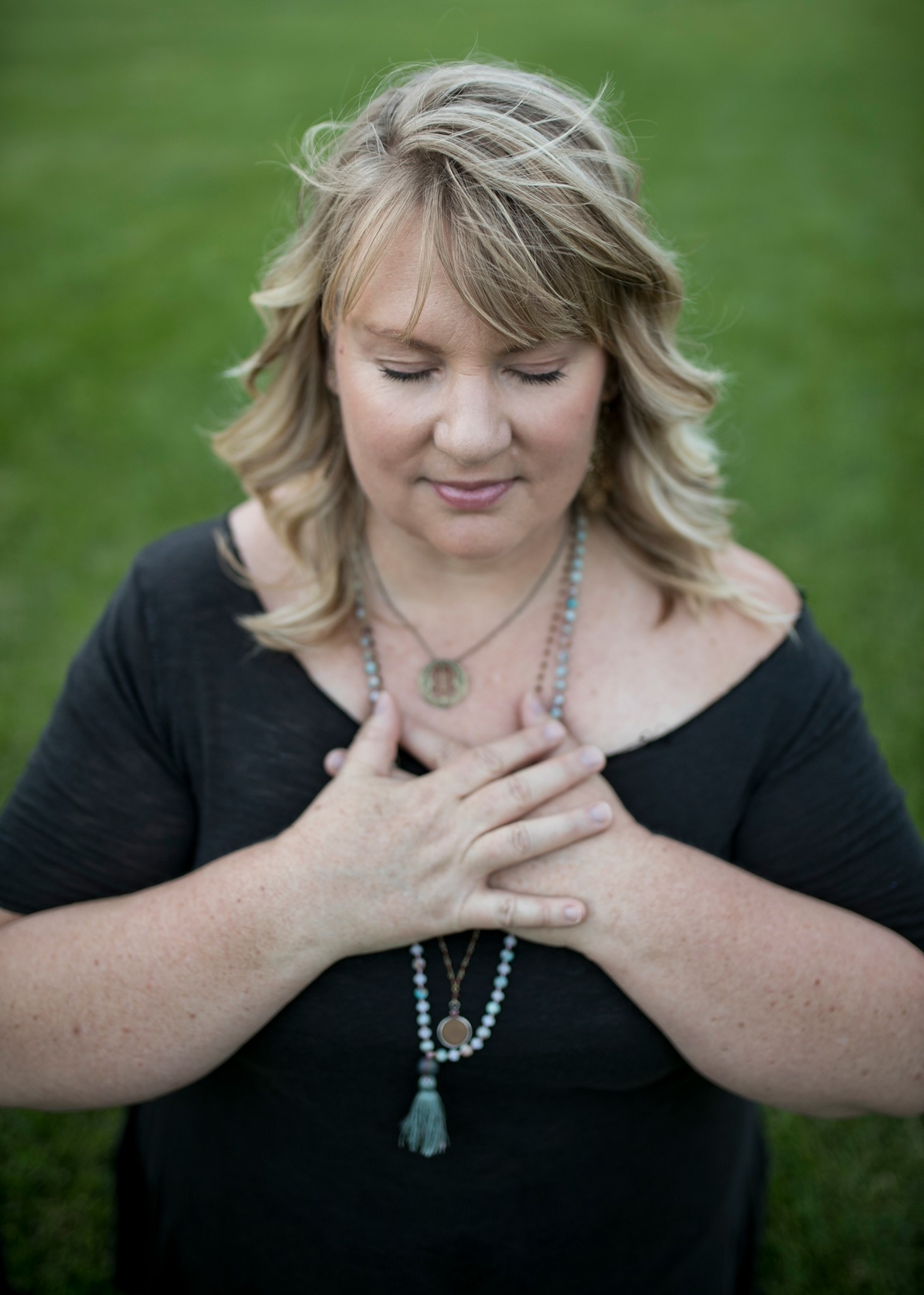
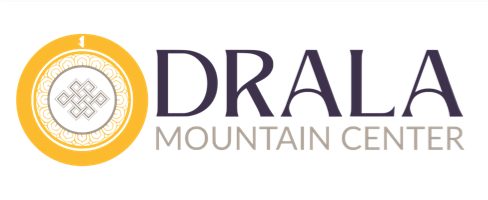
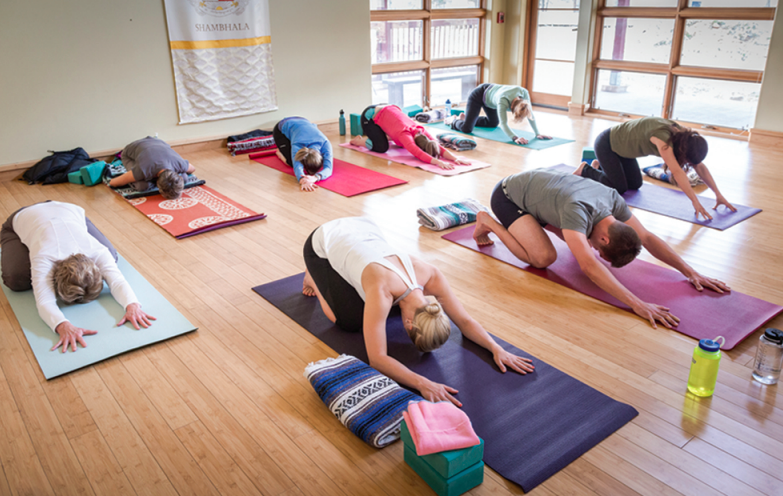
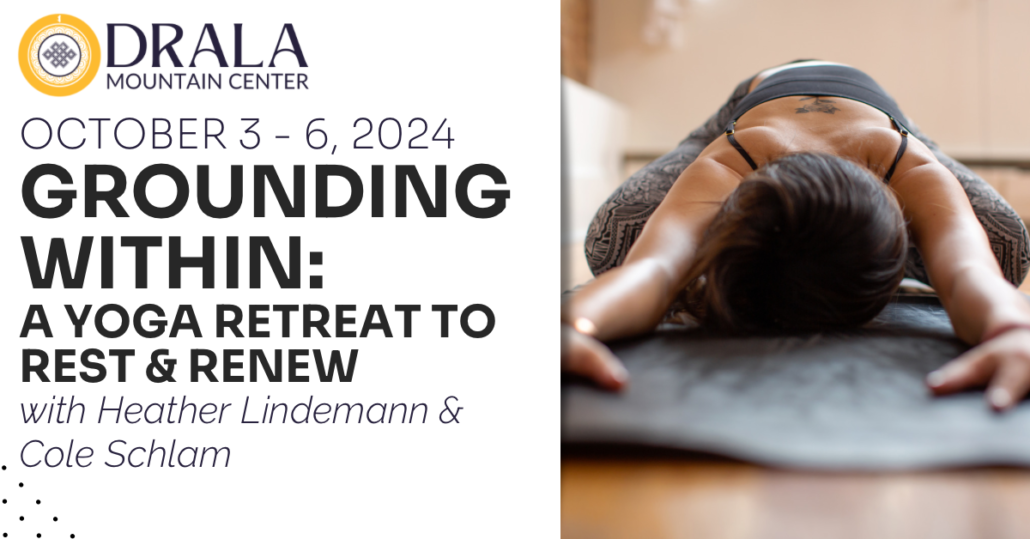
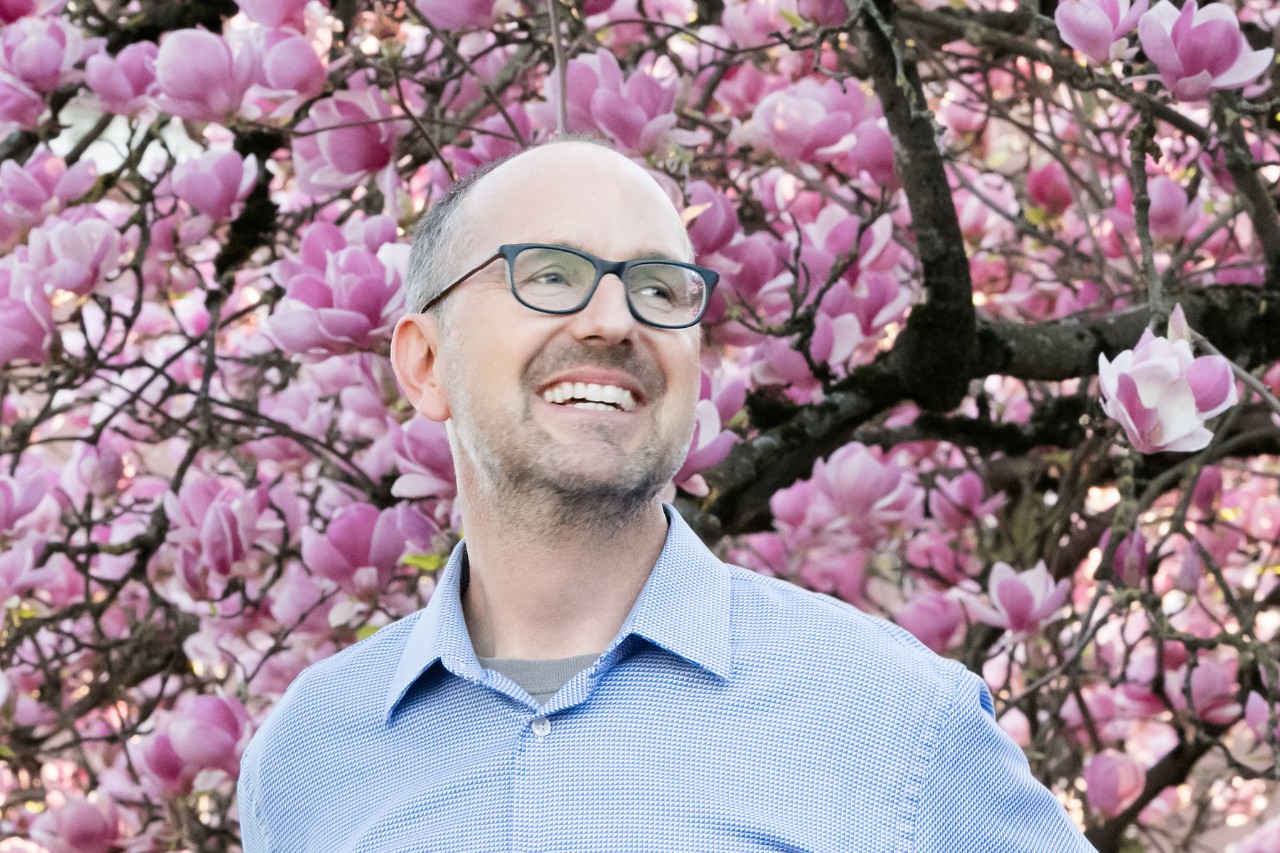
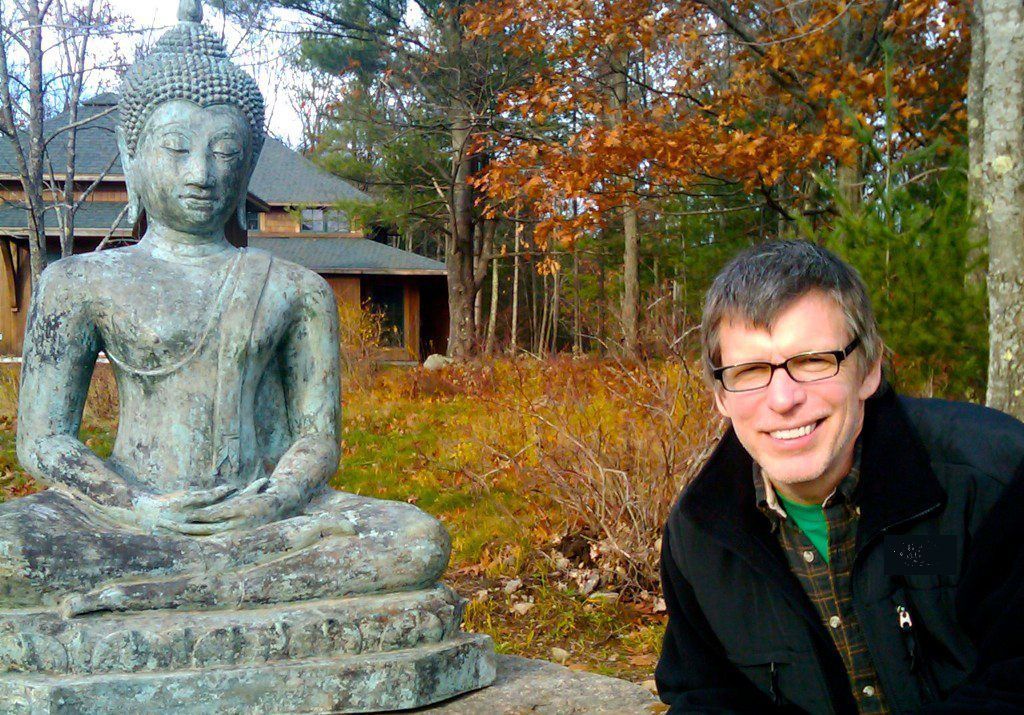
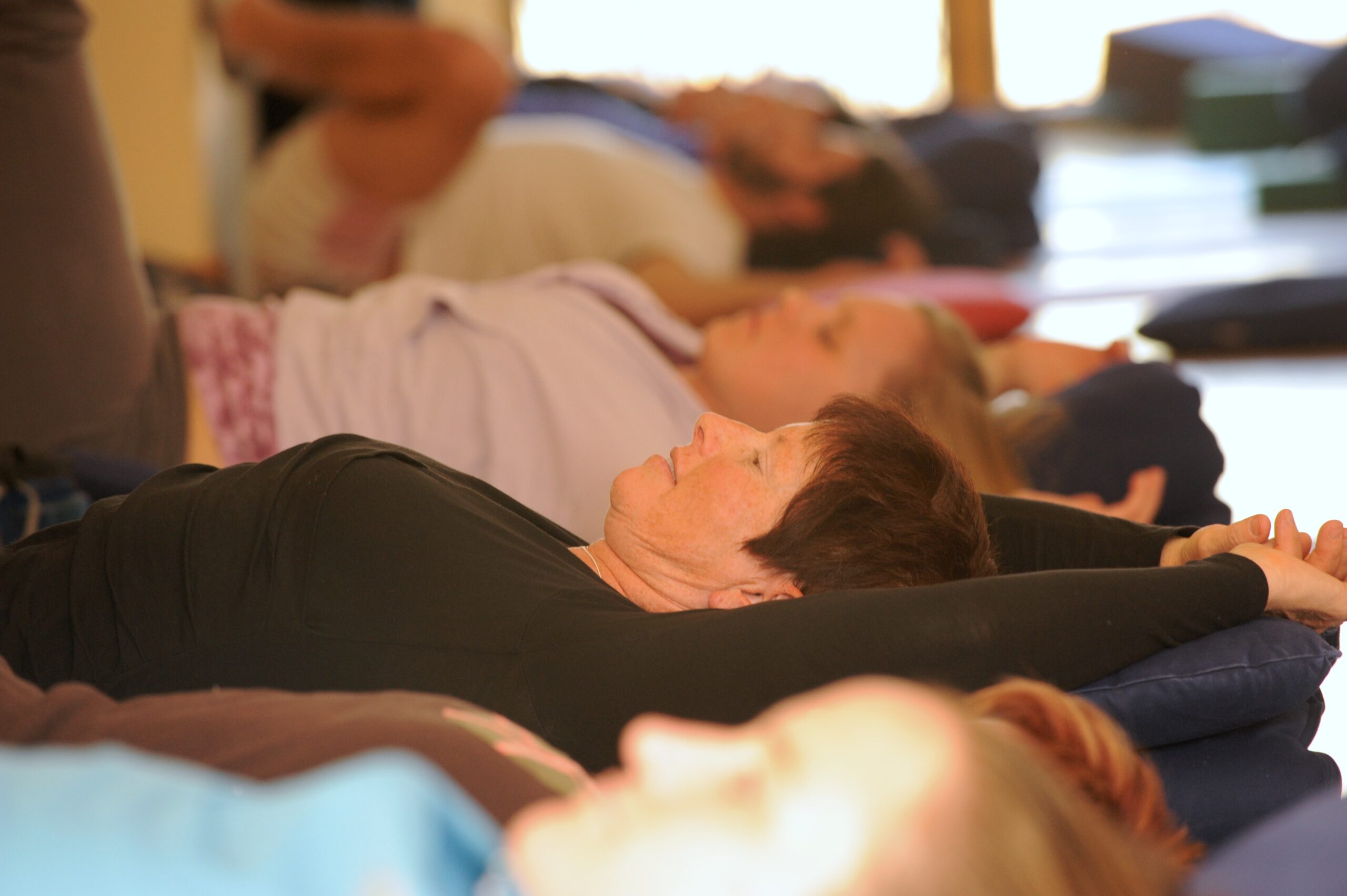
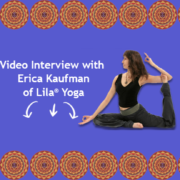


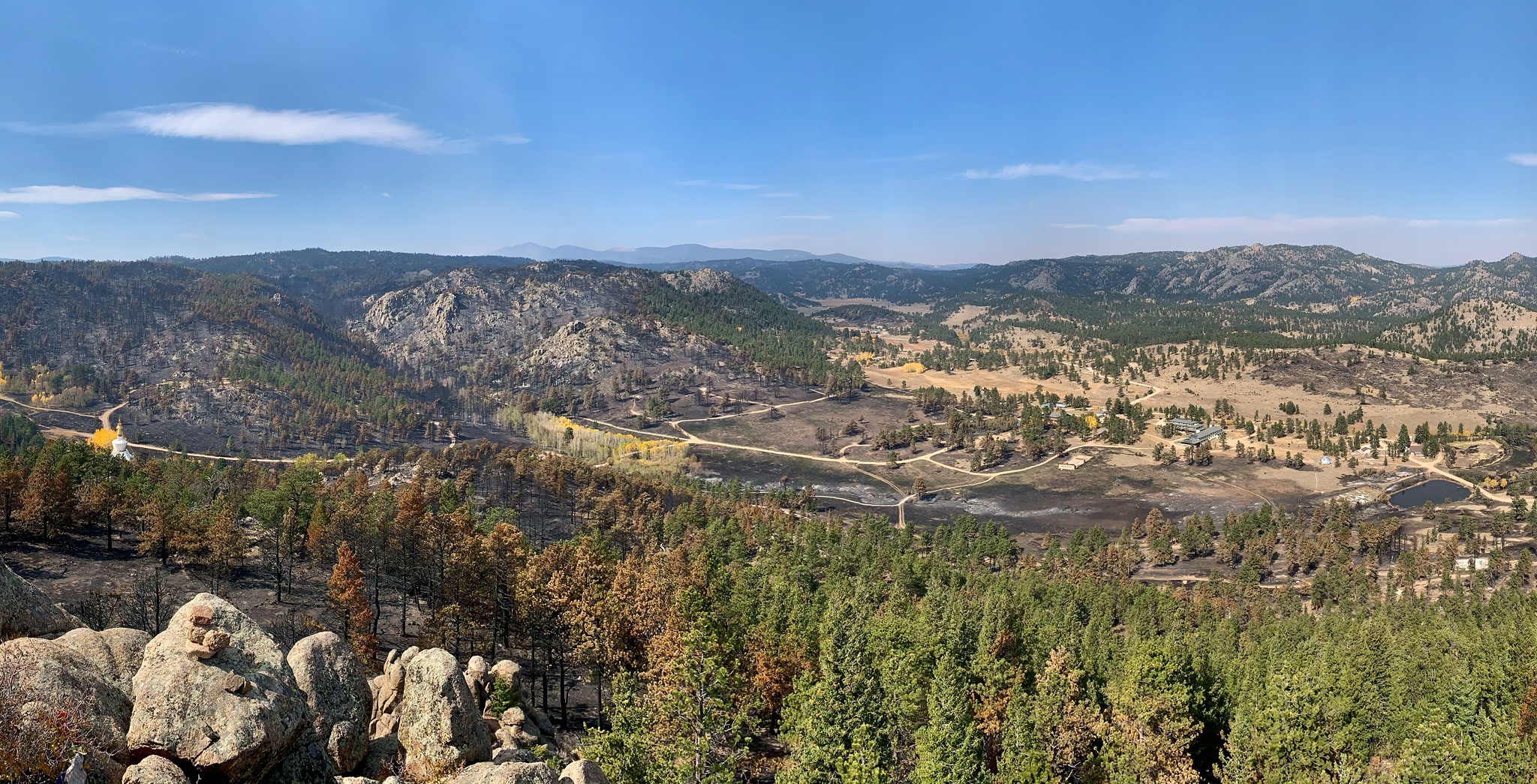
Leave a Reply
Want to join the discussion?Feel free to contribute!